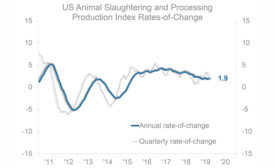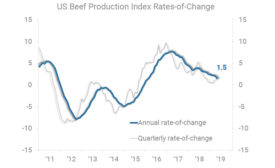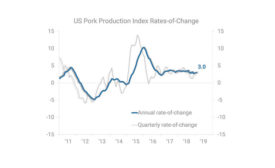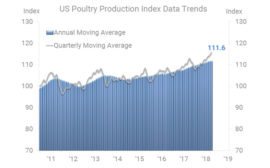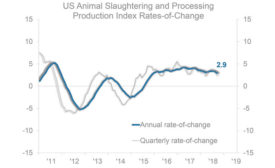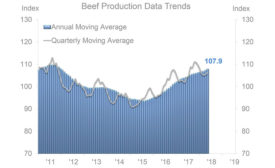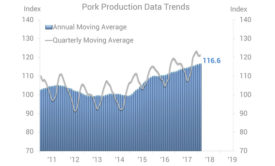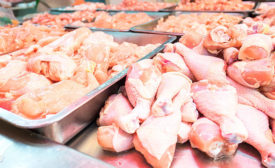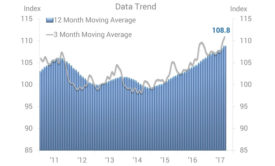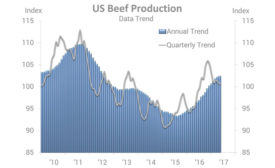Market Snapshot | U.S. Animal Slaughter & Production
Home » market snapshot
Articles Tagged with ''market snapshot''
Market Snapshot | U.S. Pork Production
China market offers potential relief to U.S. pork industry
Read MoreMarket Snapshot | U.S. Animal Slaughter & Production
U.S. animal slaughter & production market
Record highs reached, but slower pace persists
Read More
Market Snapshot | U.S. Pork Production
U.S. pork market: Despite favorable conditions, proceed carefully
July 6, 2018
Market Snapshot
U.S. animal slaughter & production market snapshot
Expectations rise, carry short-term growth
Read More
Get our new eMagazine delivered to your inbox every month.
Stay in the know with The National Provisioner's comprehensive coverage of the meat and poultry processing industry.
SUBSCRIBE TODAY!Copyright ©2024. All Rights Reserved BNP Media.
Design, CMS, Hosting & Web Development :: ePublishing
